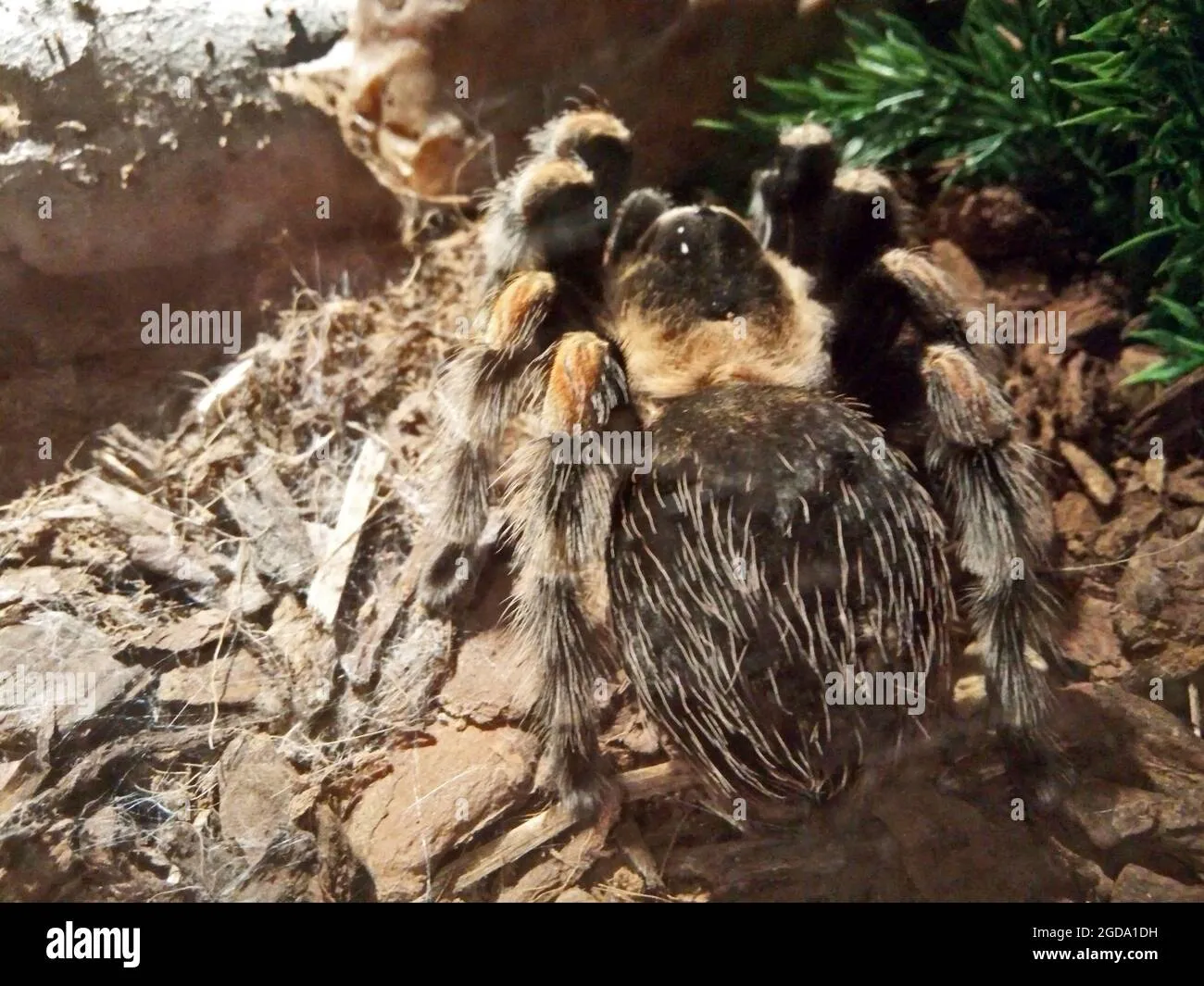Choosing the Right Tarantula Cage UK
Choosing the right tarantula cage in the UK is the first and most crucial step in providing a happy and healthy environment for your eight-legged friend. The ideal cage offers security, proper ventilation, and a comfortable habitat. The dimensions of the cage should be proportionate to the size of your tarantula, allowing ample space for movement, exploration, and the establishment of its territory. Furthermore, the cage’s material is another important factor. Glass or acrylic enclosures are generally preferred due to their clarity, durability, and ease of cleaning. These materials also help in maintaining the required temperature and humidity levels inside the cage. Consider the type of tarantula you are housing, as terrestrial, arboreal (tree-dwelling), and burrowing species have different needs. Make sure the cage you choose provides a secure lid to prevent escapes, which is essential for the safety of both your tarantula and your household. The best tarantula cage in the UK balances practicality, safety, and suitability to the tarantula’s natural environment.
Size Matters Finding the Perfect Fit
The size of your tarantula cage is a critical aspect of its well-being. A cage that’s too small can restrict movement, lead to stress, and potentially impact the tarantula’s molting process. Conversely, a cage that’s too large, especially for a juvenile tarantula, can make it harder for the tarantula to find food and may increase its vulnerability. As a general rule, the cage should be at least twice the tarantula’s leg span in width and length, with height determined by the tarantula’s type. For terrestrial species, ground space is more important, while arboreal species require more vertical space for climbing. Remember to accommodate the size of your tarantula’s eventual adult size when selecting a cage, as they can grow significantly. Always allow space for the inclusion of substrate, decorations, water dishes, and hiding places. An appropriately sized cage ensures a secure, comfortable, and stimulating environment that allows your tarantula to thrive. This will help them exhibit natural behaviors, such as web-spinning and hunting.
The Importance of Ventilation for your Tarantula Cage UK
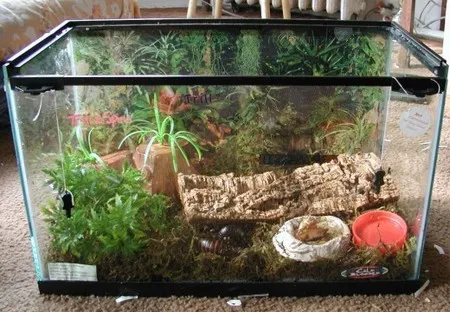
Ventilation is a non-negotiable aspect of tarantula care, critical for maintaining the correct air quality and preventing the build-up of harmful mold and bacteria in the cage. Adequate airflow helps regulate humidity and prevents stagnant air, which can lead to respiratory issues and mold growth, which can be deadly for tarantulas. Proper ventilation also helps to dissipate any excess heat, preventing the cage from becoming too warm. When choosing a tarantula cage in the UK, look for features such as mesh tops or strategically placed ventilation slots. These openings allow for a constant flow of fresh air without compromising the security of the enclosure. The ventilation design should strike a balance between sufficient airflow and the ability to maintain the necessary humidity levels, which is species-dependent. Monitor the cage’s environment regularly to ensure optimal ventilation, making adjustments as needed to accommodate your tarantula’s specific needs and prevent any potential health problems associated with poor ventilation. Ensure the ventilation is not so strong that it dries out the enclosure too quickly.
Essential Substrate for your Tarantula Cage UK
The substrate is the bedding material that forms the floor of your tarantula’s enclosure, and it plays a crucial role in creating a healthy and comfortable environment. Substrate helps to maintain humidity, allows the tarantula to burrow (if it’s a burrowing species), and provides a safe surface to walk on. The best substrate choices for a tarantula cage in the UK include coco fiber, peat moss, and a mix of the two. These materials retain moisture well, allowing you to regulate humidity levels to suit the needs of different tarantula species. Avoid substrates that can be harmful, such as cedar or pine shavings, which release toxic oils. The depth of the substrate is also significant; burrowing species require a deeper layer to facilitate their natural behaviors. Regular maintenance of the substrate is also vital, including spot cleaning to remove waste and replacing it periodically to prevent the build-up of mold and bacteria. Always keep in mind the specific needs of your tarantula species when selecting and maintaining its substrate, contributing to a clean, functional, and stimulating habitat. This is essential for the health and overall well-being of your pet.
Creating a Natural Habitat inside your Tarantula Cage UK
Replicating a natural habitat within your tarantula cage is essential for reducing stress and encouraging natural behaviors. This involves incorporating elements that mimic the tarantula’s natural environment. This includes adding decorations such as cork bark, artificial plants, and hides, providing your tarantula with a sense of security and various opportunities for exploration. These elements give your tarantula places to hide, rest, and retreat, which is particularly important during the molting process. The arrangement of these items should also consider the species’ preferences. For example, terrestrial tarantulas may benefit from more ground-level hides, while arboreal species will need climbing structures. Furthermore, adding elements like live or artificial plants not only enhances the aesthetic appeal but also aids in maintaining humidity levels. Ensure that all decorations are non-toxic and pose no risk of injury or entrapment. Creating a stimulating and enriching environment promotes your tarantula’s well-being and allows it to display its natural behaviors, contributing to a healthier and more engaging pet-keeping experience.
Providing Water and Humidity in your Tarantula Cage UK
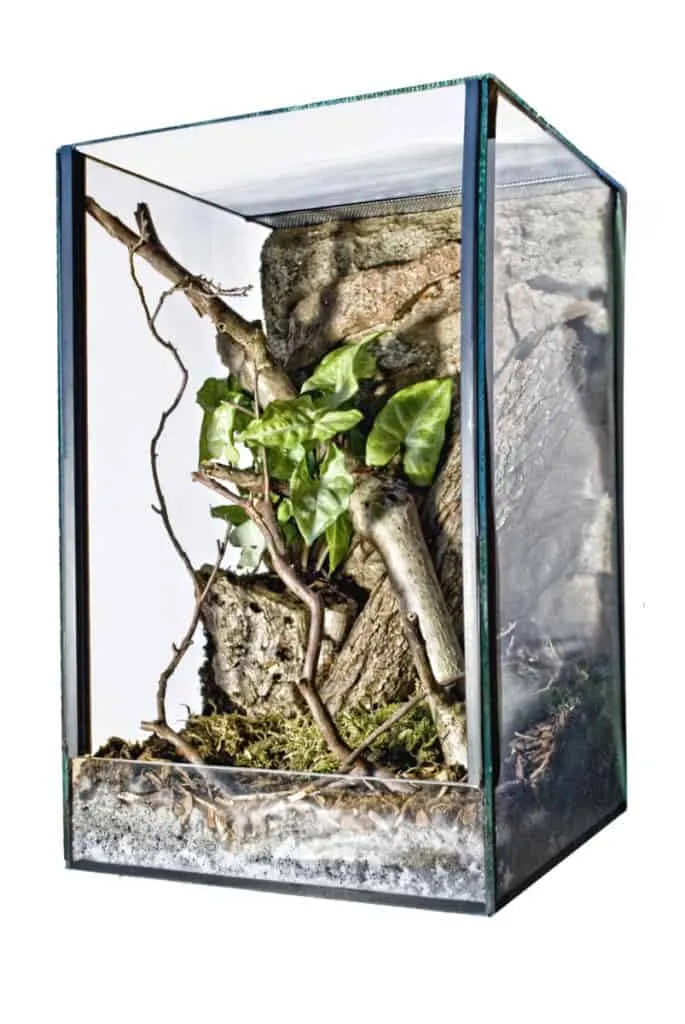
Maintaining the correct humidity and providing a constant source of fresh water are fundamental aspects of tarantula care in the UK. Adequate humidity is crucial for your tarantula’s health, as it facilitates successful molting and prevents dehydration. To maintain humidity levels, regularly mist the enclosure with dechlorinated water, using a spray bottle. The frequency of misting will depend on the species of your tarantula and the environmental conditions. Ensure your tarantula always has access to a shallow water dish, filled with fresh, clean water. It is crucial to change the water daily to prevent bacterial growth. Monitoring humidity levels with a hygrometer is also highly recommended to ensure the environment stays within the required range. The humidity level can also be increased using the substrate mentioned before, which will help retain moisture. The correct humidity and water supply are vital for ensuring your tarantula’s well-being, helping it thrive in a comfortable and healthy environment. Remember, different species have different humidity requirements.
Top 5 Must-Have Accessories For Your Tarantula Cage UK
Selecting the correct accessories for your tarantula cage is a crucial part of ensuring your pet’s comfort, safety, and overall well-being. A well-equipped enclosure offers essential elements that enrich the tarantula’s life and fulfill its natural requirements. Consider these Top 5 must-have accessories when setting up your tarantula cage in the UK:
- A water dish is a must, providing a constant source of fresh, clean water.
- Hides and shelters offer a safe space for the tarantula to retreat and feel secure, such as cork bark or artificial hides.
- Substrate that suits the specific tarantula species is essential for humidity regulation and burrowing.
- A hygrometer is needed to monitor and maintain the correct humidity levels within the enclosure.
- A reliable spray bottle for misting, maintaining humidity, and providing water.
Hiding Spots and Enrichment
Providing hiding spots and enrichment items within your tarantula cage is of paramount importance, contributing significantly to the tarantula’s well-being and allowing it to exhibit its natural behaviors. Hiding spots, such as cork bark, half logs, or commercially available hides, offer a secure retreat where the tarantula can feel safe and avoid stress. They are particularly vital during the molting process, providing a safe haven as the tarantula sheds its exoskeleton. Enrichment items, such as artificial plants, rocks, or climbing structures, add interest to the environment, encouraging exploration and activity. The strategic placement of these items creates a complex and stimulating habitat that mimics the tarantula’s natural environment, promoting a healthier and more active lifestyle. The presence of hiding spots and enrichment elements significantly reduces stress, stimulates natural behaviors, and enhances the overall quality of life for your tarantula, making it a happier and more engaging pet.
Heating and Lighting your Tarantula Cage UK
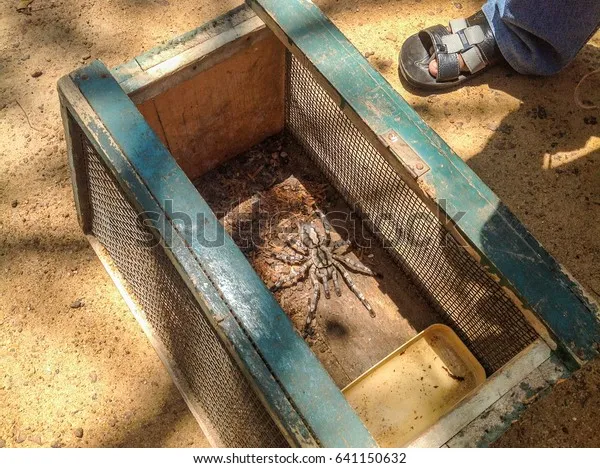
Understanding the heating and lighting requirements of your tarantula is essential for creating a comfortable and healthy habitat, and this is even more important in the UK, where temperatures can fluctuate. Most tarantulas thrive in temperatures between 21-29°C (70-85°F). The ideal heating solution will depend on the size and the ventilation of the enclosure. A small heat mat, attached to the side of the enclosure and controlled by a thermostat, can be effective in maintaining the required temperature. It is important to ensure that the heat source does not directly contact the tarantula and that there are temperature gradients within the cage so your tarantula can regulate its body temperature. Lighting requirements are generally minimal; tarantulas are nocturnal creatures and do not need specialized lighting for warmth. Ambient room lighting is usually sufficient. If additional lighting is desired, low-wattage LED lights can be used, but avoid bright or intense light sources that can stress the tarantula. Monitoring the temperature and humidity levels, adjusting the heat source as needed, ensures your tarantula enjoys the proper environmental conditions and continues to thrive.
Maintaining Your Tarantula Cage UK
Regularly maintaining your tarantula’s cage is key to creating a healthy, safe, and comfortable environment for your pet. This involves a blend of routine cleaning, and consistent monitoring of the environmental parameters. The frequency and extent of maintenance depend on several factors, including the tarantula species, cage size, and feeding habits. Routine tasks include removing uneaten food, fecal matter, and shed exoskeletons to prevent mold growth and the spread of bacteria. Spot cleaning should be done regularly, usually every few days or weekly, depending on the tarantula. A full substrate change is usually required every few months, depending on the species. Ensure that the water dish is cleaned and refilled daily. The maintenance also includes monitoring temperature and humidity levels. Following these maintenance practices will help ensure that your tarantula lives in a healthy environment, free from harmful pathogens, and will allow you to better observe and enjoy your pet.
Regular Cleaning and Maintenance
Routine cleaning and maintenance are crucial for maintaining a hygienic and healthy environment for your tarantula. The cleaning process involves removing uneaten food, shed exoskeletons, and fecal matter. This will help in preventing the growth of mold, bacteria, and the accumulation of waste products, thus ensuring the overall health of the habitat. Spot clean the cage every few days to remove any visible waste. Regularly cleaning the water dish and replenishing it with fresh water will help. Periodically, the substrate should be changed completely, usually every few months, depending on the species of tarantula and the type of substrate used. The cleaning should be done carefully, avoiding the use of harsh chemicals or cleaning agents, as they can be toxic to your tarantula. Following a consistent cleaning and maintenance routine promotes a cleaner environment, reduces the risk of diseases, and significantly contributes to your tarantula’s overall well-being and longevity.
Monitoring Temperature and Humidity
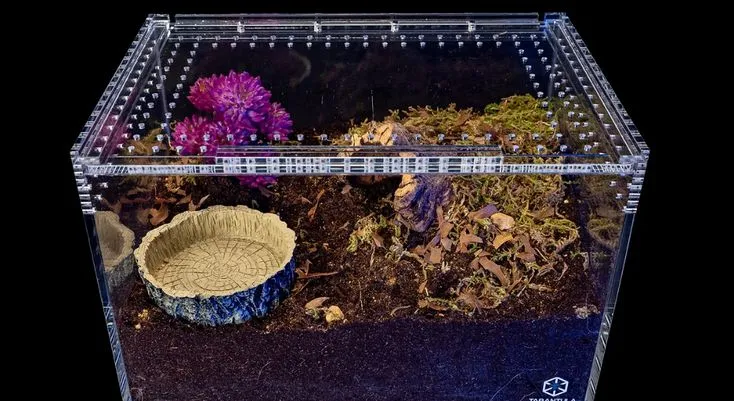
Consistent monitoring of temperature and humidity is critical for ensuring your tarantula’s health and well-being, requiring the use of appropriate equipment to make accurate measurements. Use a reliable digital thermometer and hygrometer to monitor temperature and humidity levels in your tarantula cage in the UK. Place the thermometer and hygrometer in a central location within the cage to get accurate readings. Check the readings at least once a day, and more frequently if the environmental conditions are unstable or the weather is extreme. Keep in mind that different tarantula species have different temperature and humidity requirements, so adjust the levels accordingly. If the temperature or humidity levels are outside the recommended range, take corrective actions immediately. This might involve adjusting the heat source, increasing or decreasing ventilation, misting the enclosure, or adding a water dish. Consistent monitoring and prompt adjustments will help ensure that your tarantula thrives in an environment that meets its specific needs, thus promoting a happy and healthy pet.
Where to Buy Your Tarantula Cage UK
In the UK, there are several excellent options for purchasing a tarantula cage, varying in terms of size, material, and price. Reputable pet stores specializing in reptiles and invertebrates typically offer a good selection of enclosures, often with knowledgeable staff who can advise you on the best options. Online retailers provide a wide array of choices, allowing you to compare prices and find the perfect cage from the convenience of your home. These retailers may have a wider variety of options and may offer different styles and sizes of enclosures, so you can find a cage that perfectly matches the needs of your tarantula. When choosing where to purchase your cage, consider the retailer’s reputation, customer reviews, and the quality of the products they offer. Make sure that the cage is suitable for your tarantula’s specific needs, the retailer offers good customer service, and that the prices are competitive. Whether you choose to buy your cage from a local pet store or an online retailer, ensure that the enclosure meets all the necessary requirements for your tarantula and that you are providing your pet with the best possible home.
